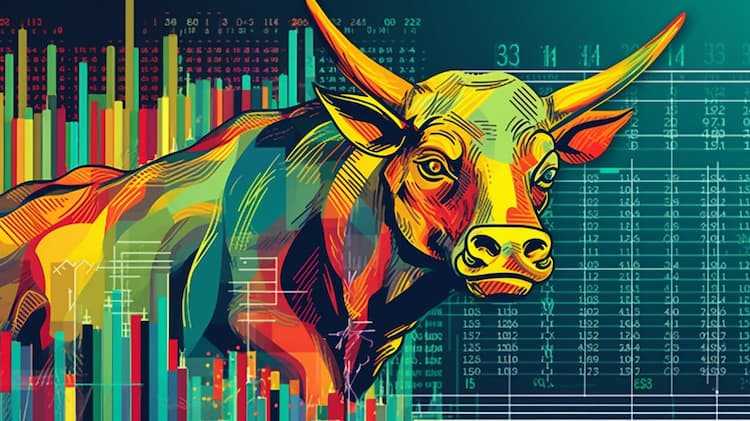
XLF VS IYF
Exchange-Traded Funds (ETFs) have reshaped the investment landscape, providing investors with diversified exposure to various sectors and asset classes. In this article, we will conduct a thorough comparison between two prominent ETFs: XLF (Financial Select Sector SPDR Fund) and IYF (iShares U.S. Financials ETF). We'll delve into critical aspects such as ETF tickers, full names, issuers, sectors, top holdings, capitalization, strategy, tracking, and exposure.
XLF Vs IYF: Overview
XLF and IYF represent distinct investment avenues within the financial sector. While XLF targets the broader financial services industry, IYF offers exposure to the entire U.S. financial market. This fundamental difference in focus shapes their holdings, performance, and risk profiles, which we will analyze in the ensuing sections.
XLF Vs IYF: Sectors and Top Holdings
XLF, the Financial Select Sector SPDR Fund, concentrates on a variety of financial sub-industries, including banks, insurance companies, and diversified financial services. Its top holdings consist of major financial institutions such as JPMorgan Chase, Berkshire Hathaway, and Bank of America. In contrast, IYF provides comprehensive exposure to a broader array of financial firms, including those in asset management, real estate, and commercial banking.
 XLF overlap XLF VS IYF
XLF overlap XLF VS IYF
XLF Vs IYF: Capitalization and Strategy
XLF boasts a substantial asset under management (AUM), reflecting its status as a favored choice for investors seeking exposure to the financial sector. The fund's strategy is to track the performance of the Financial Select Sector Index. IYF, on the other hand, aims to replicate the performance of the Dow Jones U.S. Financials Index, providing a broader perspective on the U.S. financial market. Differences in capitalization and strategy translate into varying potential returns and risk profiles.
XLF Vs IYF: Tracking and Exposure
XLF's primary goal is to mirror the performance of the Financial Select Sector Index, which encompasses a diverse range of financial companies. IYF, meanwhile, offers exposure to the broader U.S. financial market, capturing the performance of companies in various financial subsectors. Understanding the nuances of their tracking and exposure methodologies empowers investors to align their investment decisions with their financial goals.
Conclusion
XLF and IYF stand as distinct vehicles for investors seeking exposure to the financial sector. Their differing focuses, strategies, and holdings offer unique opportunities and challenges. For those aiming to delve deeper into holdings, correlations, overlaps, and other insights, ETF Insider emerges as an invaluable resource. With its user-friendly app, it equips investors with comprehensive details about these ETFs and other financial instruments, enabling informed decisions.
Disclaimer: This article is for informational purposes only and does not provide investment advisory services.
Sources:
https://www.ssga.com/ XLF ETF issuer
https://www.ssga.com/us/en/intermediary/etfs/funds/the-financial-select-sector-spdr-fund-xlf XLF ETF official page
XLF quote and analysis
Discover the top holdings, correlations, and overlaps of ETFs using our visualization tool.
Our app allows you to build and track your portfolio.
To learn more about the XLF Financial Select Sector SPDR Fund, access our dedicated page now.
FAQ
Why is XLF better than IYF?
XLF may be considered better than IYF for some investors due to its specific focus, offering diversification.
Does IYF beat XLF?
IYF's performance relative to XLF will vary over time, depending on market conditions.
Should I invest in XLF or IYF?
The choice between XLF and IYF should align with your investment goals, risk tolerance, and desired exposure.
Are XLF and IYF good investments?
Both XLF and IYF can be suitable investments depending on individual investment strategies, goals, and risk profiles.
What is the correlation between XLF and IYF?
The correlation between XLF and IYF can vary over time, reflecting differences in performance.





